The Economics of Forest Management
- August 6, 2024
- 0 comment
The economics of forest management encompasses the intricate balance between ecological sustainability and financial viability. Effective forest management requires a comprehensive understanding of both the direct and indirect economic benefits that forests provide. These include timber production, non-timber forest products, and ecosystem services such as carbon sequestration, water filtration, and biodiversity conservation.
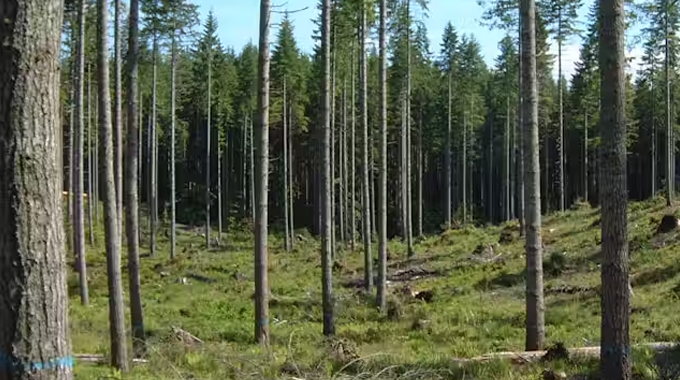
Economically, forest management involves calculating the costs associated with planting, maintaining, and harvesting forest resources while ensuring long-term sustainability. This also means implementing practices that mitigate risks like forest fires, pests, and diseases, which can have significant economic repercussions. Additionally, forest management must consider the socio-economic impacts on local communities, including job creation and the preservation of cultural values tied to forested landscapes.
Balancing these factors requires an integrated approach that incorporates economic analysis, policy frameworks, and stakeholder engagement to ensure that forest resources contribute to both economic development and environmental health.
List of Economics of Forest Management:
- Direct Economic Benefits of Forests
- Indirect Economic Benefits of Forests
- Cost Analysis in Forest Management
- Economic Policies and Incentives
- Socio-Economic Impacts of Forest Management
- Challenges in Forest Economics
- Future Directions in Forest Management Economics
Direct Economic Benefits of Forests
Timber Production

Forests are vital to the global economy, primarily through the production of timber. Timber is a versatile raw material crucial for industries like construction, paper manufacturing, and furniture production. The demand for timber is driven by ongoing urbanization and infrastructure development, particularly in rapidly growing economies. This sustained demand influences timber prices, which fluctuate based on supply and demand dynamics, forest management practices, and international trade policies.
The profitability of timber production hinges on several factors. Efficient harvesting techniques, sustainable forest management practices, and favorable market conditions play pivotal roles in determining economic outcomes. Innovations in logging technology and practices have increased efficiency and reduced costs, enhancing profitability. Moreover, sustainable forest management ensures a continuous supply of timber while preserving forest health and biodiversity. Practices such as selective logging and reforestation help maintain a balance between economic benefits and ecological sustainability.
Non-Timber Forest Products (NTFPs)

In addition to timber, forests provide a wealth of non-timber forest products (NTFPs) that significantly contribute to local and global economies. NTFPs include a diverse range of goods such as medicinal plants, berries, nuts, resins, and fibers. These products are essential for the livelihoods of many rural communities, offering alternative sources of income and promoting sustainable forest use.
Medicinal plants harvested from forests hold particular value, being integral to traditional medicine and serving as raw materials for the pharmaceutical industry. The economic contribution of medicinal plants is substantial, driven by a growing market for natural and holistic health products. Similarly, forest berries and nuts are in high demand due to their nutritional and health benefits, contributing to local markets and exports.
The economic contributions of NTFPs are influenced by consumer preferences, sustainable harvesting practices, and the development of value-added products. As consumers become more environmentally conscious, the demand for sustainably sourced NTFPs is rising, creating opportunities for forest communities to capitalize on their natural resources while ensuring the conservation of forest ecosystems. Developing value-added products, such as herbal supplements, essential oils, and organic foods, enhances the economic value of NTFPs, providing higher returns for producers and stimulating local economies.
Indirect Economic Benefits of Forests
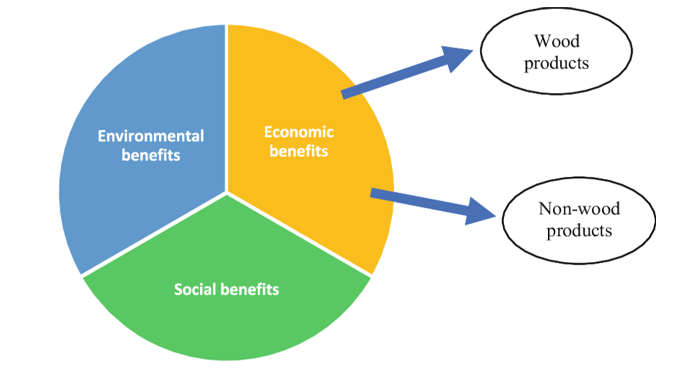
Carbon Sequestration and Its Economic Value
Forests act as carbon sinks, absorbing carbon dioxide from the atmosphere and mitigating the effects of climate change. The economic value of carbon sequestration is increasingly recognized, with carbon markets and credits providing financial incentives for forest conservation and reforestation efforts.
Water Filtration and Watershed Protection Benefits
Forests play a crucial role in water filtration and watershed protection, ensuring clean and reliable water supplies for agriculture, industry, and domestic use. This service reduces the need for expensive water treatment infrastructure and contributes to overall economic stability.
Biodiversity Conservation and Economic Implications
The biodiversity within forests supports ecosystem resilience and productivity, essential for agricultural stability, pharmaceutical development, and ecological balance. Valuing these ecosystem services is complex but critical for informed decision-making in forest management and conservation strategies.
Cost Analysis in Forest Management

Costs Associated with Planting and Maintaining Forests
Forest management involves significant costs related to planting and maintaining forests. Initial investments include purchasing seedlings, soil preparation, and labor. Long-term maintenance costs encompass activities such as thinning, pruning, and protection from pests and diseases.
Harvesting and Processing Costs
Harvesting and processing timber and NTFPs involve substantial expenses, including labor, equipment, and transportation. Efficient management practices aim to minimize these costs while maximizing yield and quality.
Risk Management Strategies
Effective forest management includes strategies to mitigate risks such as forest fires, pests, and diseases. Investing in firebreaks, pest control measures, and disease-resistant tree species is essential to protect forest resources and ensure economic viability.
Economic Policies and Incentives
Government Policies and Subsidies
Government policies and subsidies play a pivotal role in promoting sustainable forest management practices. These may include financial support for reforestation projects, tax incentives for conservation efforts, and funding for research and development in sustainable forestry.
Market-Based Mechanisms
Market-based mechanisms, such as carbon credits and payments for ecosystem services (PES), provide economic incentives for forest conservation and sustainable management. Carbon trading markets enable forest owners to sell carbon credits, generating income from their carbon sequestration efforts. PES programs compensate landowners for maintaining and enhancing ecosystem services, creating financial motivations for conservation.
Socio-Economic Impacts of Forest Management
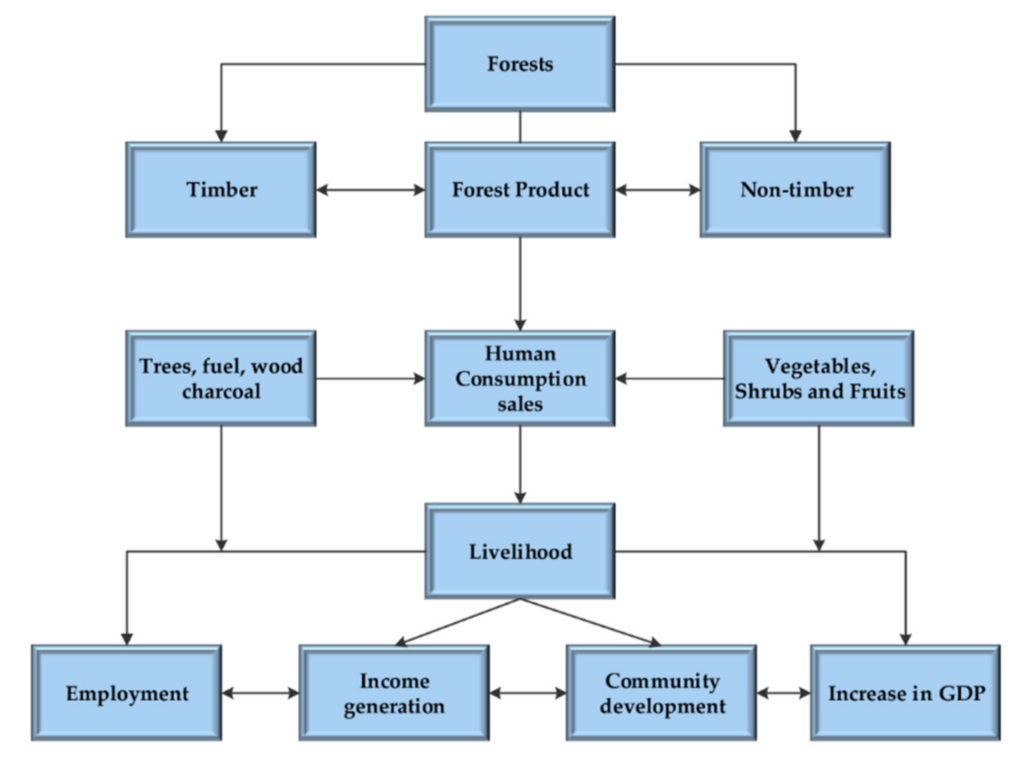
Job Creation and Economic Development
Forestry and forest management create numerous employment opportunities, from tree planting and maintenance to timber harvesting and processing. These jobs contribute to economic development, particularly in rural.
l areas where alternative employment options may be limited.
Cultural and Recreational Values
Forests hold significant cultural and recreational value, contributing to the preservation of cultural heritage and providing venues for tourism and recreation. These activities generate revenue and support local economies, underscoring the multifaceted economic benefits of forests.
Challenges in Forest Economics
Balancing Short-Term Profits with Long-Term Sustainability
One of the primary challenges in forest economics is balancing the pursuit of short-term profits with the need for long-term sustainability. Sustainable forest management practices must be adopted to ensure that forests continue to provide economic and ecological benefits for future generations.
Addressing Externalities and Market Failures
Forests produce numerous externalities, both positive and negative, that are not always reflected in market prices. Addressing these externalities and correcting market failures through policies and incentives is crucial for achieving sustainable forest management.
Ensuring Equitable Distribution of Economic Benefits
It is essential to ensure that the economic benefits derived from forests are equitably distributed among stakeholders, including local communities, forest managers, and the broader society. This equitable distribution helps to foster social stability and support for sustainable forest management practices.
Future Directions in Forest Management Economics
Innovations and Emerging Trends
Technological advancements in forest management, such as remote sensing and precision forestry, are shaping the future of the industry. These innovations improve efficiency, reduce costs, and enhance sustainability.
New Markets for Forest Products and Services
Emerging markets for forest products and services, including eco-tourism and sustainable wood products, present new economic opportunities. Exploring these markets can diversify income sources and promote sustainable forest use.
Strategies for Enhancing Economic Sustainability
Developing strategies that enhance the economic sustainability of forest management is crucial. This includes investing in research and development, fostering public-private partnerships, and promoting education and awareness about the economic and ecological value of forests.
Frequently Asked Questions (FAQs)
- What are the main economic benefits of forests?
Forests provide a wide range of economic benefits, including direct benefits such as timber production and non-timber forest products (NTFPs) like medicinal plants, berries, and nuts. Additionally, forests offer indirect economic benefits through ecosystem services such as carbon sequestration, water filtration, and biodiversity conservation. - How does timber production impact the economy?
Timber production is a significant economic activity, contributing to industries like construction, paper, and furniture. It creates jobs, generates income, and supports local and national economies. The profitability of timber production depends on market demand, pricing, and sustainable management practices. - What are non-timber forest products (NTFPs), and why are they important?
NTFPs include a variety of goods other than timber that forests provide, such as medicinal plants, berries, nuts, resins, and fibers. These products are crucial for the livelihoods of many rural communities and contribute significantly to local and global economies. They also help diversify income sources and promote sustainable forest use. - What are ecosystem services, and how do they contribute to the economy?
Ecosystem services are the benefits that humans derive from natural ecosystems. Forests provide essential ecosystem services such as carbon sequestration, water filtration, and biodiversity conservation. These services support agricultural stability, reduce water treatment costs, and enhance overall ecological resilience, providing substantial economic value. - What are the costs involved in forest management?
Forest management costs include initial investments in planting and maintaining forests, such as purchasing seedlings, soil preparation, and labor. Long-term maintenance costs involve activities like thinning, pruning, and pest control. Harvesting and processing timber and NTFPs also incur significant expenses. - How do forest managers mitigate risks like forest fires and pests?
Forest managers implement various risk management strategies, including creating firebreaks, using pest-resistant tree species, and monitoring forest health to detect and address issues early. Investing in these measures is crucial to protect forest resources and ensure economic viability. - What role do government policies and subsidies play in forest management?
Government policies and subsidies are essential in promoting sustainable forest management. They provide financial support for reforestation projects, offer tax incentives for conservation efforts, and fund research and development in sustainable forestry practices. These policies help balance economic objectives with ecological sustainability. - What are market-based mechanisms in forest management?
Market-based mechanisms, such as carbon credits and payments for ecosystem services (PES), provide economic incentives for sustainable forest management. Carbon trading markets allow forest owners to sell carbon credits, generating income from carbon sequestration efforts. PES programs compensate landowners for maintaining and enhancing ecosystem services. - How does forest management impact local communities?
Forest management creates employment opportunities in planting, maintenance, harvesting, and processing activities, contributing to local economic development. Forests also hold cultural and recreational value, supporting tourism and preserving cultural heritage, which further benefits local economies. - What are the challenges in balancing economic and ecological objectives in forest management?
Balancing short-term profits with long-term sustainability is a primary challenge in forest management. Addressing externalities and market failures, ensuring equitable distribution of economic benefits, and implementing sustainable practices are crucial for achieving a balance between economic and ecological objectives. - How can the economic benefits of forests be equitably distributed?
Ensuring equitable distribution involves engaging all stakeholders, including local communities, forest managers, and policymakers, in decision-making processes. Policies and incentives should aim to distribute the economic benefits of forests fairly, supporting social stability and fostering support for sustainable forest management practices.

Gilbert Griffin
Forestry AuthorGilbert Griffin is a forest management expert specializing in sustainable practices, forest health, conservation, and land management. With extensive knowledge in pest control, disease management, and habitat restoration, Gilbert develops strategies to preserve forest ecosystems and biodiversity. Passionate about the natural world, Gilbert adapts to changes in forest management and stays updated through continuous learning. Gilbert also provides seasonal advice to optimize forest care throughout the year.



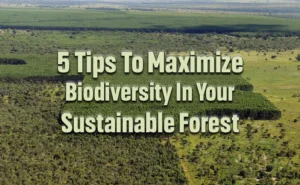
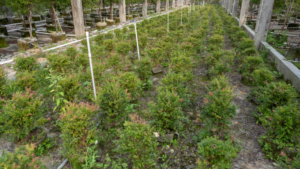



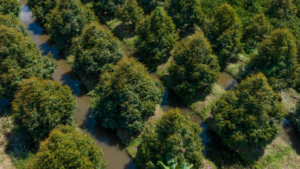

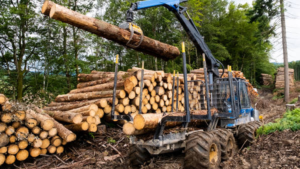


Leave your comment